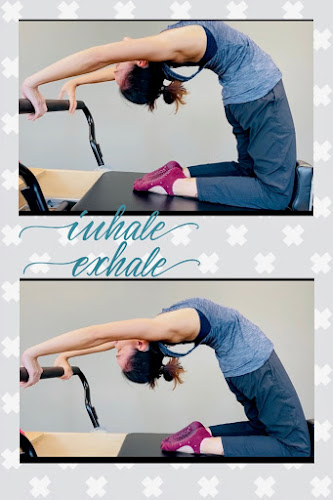Our length and slope for vertebrae extend differently, and that explains why backbends come easily to some, and not for the rest. The vertebrae in the spine literally compress into each other as we bend, and the tension in our muscles, ligaments and fascia will also determine how the slope angles form. I didn't just learn this from Google. I learnt this through a number of seminars on sports science led by physiotherapists, orthopedic surgeons and chiropractors.
As we age and we lose our ability to bend our backs if we don't keep the core strong and utilized. As I do. I can still do back flips and such, but I find it extremely hard to contort into a flow series consisting of backbends. Without the push from competitive gymnastics and such, I don't have the discipline to practice it daily too. There's no reason why we would do backbends in our daily activities. Hurhurhur.
I want to keep my spine supple. The pilates instructor knows that I gain strength through HIIT and other activities, as well as sort out the rotation of the spine at gyrotonic classes. So she spends time on isolating muscles to work the core and obliques hard. In focusing pilates practice on the flexion and extension of the spine, the entire session is given to warming up the core, as well as every muscle that is needed to complete a movement without injury. For that reason, the instructor prefers to have me do backbends in the final fifteen minutes of the class.

No comments:
Post a Comment